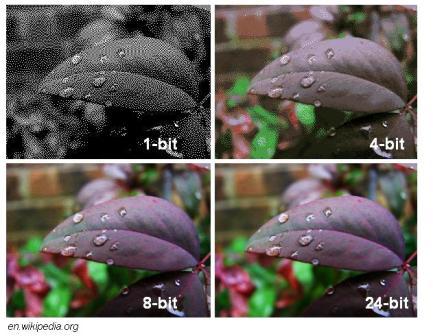Alhamdulillah, saya dan Syakirah telah menyiapkan tugasan 1 tentang kritikan rekabentuk media sebuah laman web pendidikan iaitu laman web SMK Tendong.
 |
| Home page (original) |
 |
| Home page (redesign) |
 |
| Background and history of school (original) |
 |
| Background and history of the school (redesign) |
 |
| Gallery of photos (original) |
 |
| Gallery of photos (redesign) |
Secara ringkasnya, antaramuka laman web asal diubah keseluruhannya kerana :
- tidak mengikut prinsip rekabentuk multimedia dengan baik (tidak konsisten, tidak seimbang
- banyak jenis typeface yang digunakan dalam satu antaramuka dan tipografi yang digunakan tidak bersesuaian dengan persembahan online yang memerlukan typeface Sans Serif
- penggunaan banyak animasi yang mengganggu elemen utama seperti persembahan slaid gambar diganggu oleh animasi teks di sebelahnya.
- butang navigasi yang tiada nilai konsisten seperti mana laman web yang lain dan berbeza dengan mental model
Atas sebab di atas, kami telah merekabentuk semula antaramuka seperti dalam paparan di atas. Antara kekuatan dan kelemahan rekabentuk baru adalah :
Kekuatan :
- Antaramuka direkabentuk lebih ringkas dan jelas supaya pengguna tidak keliru untuk melayari laman web.
- Menu bagi guru, PIBG dan pelajar disediakan pada menu utama supaya pengguna daripada kelompok tersebut terus terarah pada menu yang dikhaskan dan tidak perlu membuang masa mencari maklumat yang berkaitan.
- Pada menu galeri dimasukkan perkhidmatan muatturun gambar dan video untuk kegunaan guru, pelajar dan pihak-pihak berkepentingan.
Kelemahan :
- Tidak disediakan kemudahan khas bagi pengguna rabun warna untuk menukar warna tulisan jika perlu.
Refleksi :
Setelah melalui minggu-minggu menyiapkan tugasan ini bermula dengan pencarian laman web yang dirasakan tidak mempunyai ciri-ciri laman web yang baik, kemudian diikuti dengan laporan analisis tentang antaramuka asal, kemudian mencadangkan pengubahsuaian pada laman web daripada pelbagai elemen dan akhirnya merekabentuk antaramuka laman web yang baru.
Terdapat banyak perkara yang dipelajari, antaranya :
- prinsip reka bentuk media sangat perlu dipatuhi supaya laman web yang terhasil benar-benar menarik pengguna untuk terus melayarinya.
- setiap kali mencari reka bentuk laman web moden pada web browser, pasti contoh yang diberikan banyak menggunakan latar belakang yang berwarna putih, tidak mempunyai banyak grafik dan sejuk mata memandang kerana penggunaan white space yang sangat baik.
- antaramuka laman web terkini dan moden banyak meletakkan menu di bahagian atas, tidak lagi di bahagian kiri.
- melalui tugas berkumpulan, banyak idea dapat dilontarkan dan dikongsi untuk menghasilkan satu tugasan yang baik.
- penghasilan laman web yang baik menjadi mudah jika kita faham tentang prinsip reka bentuk, tipografi yang betul, reka letak yang tepat dan pemahaman konsep laman web mengikut konteks seperti pendidikan.







